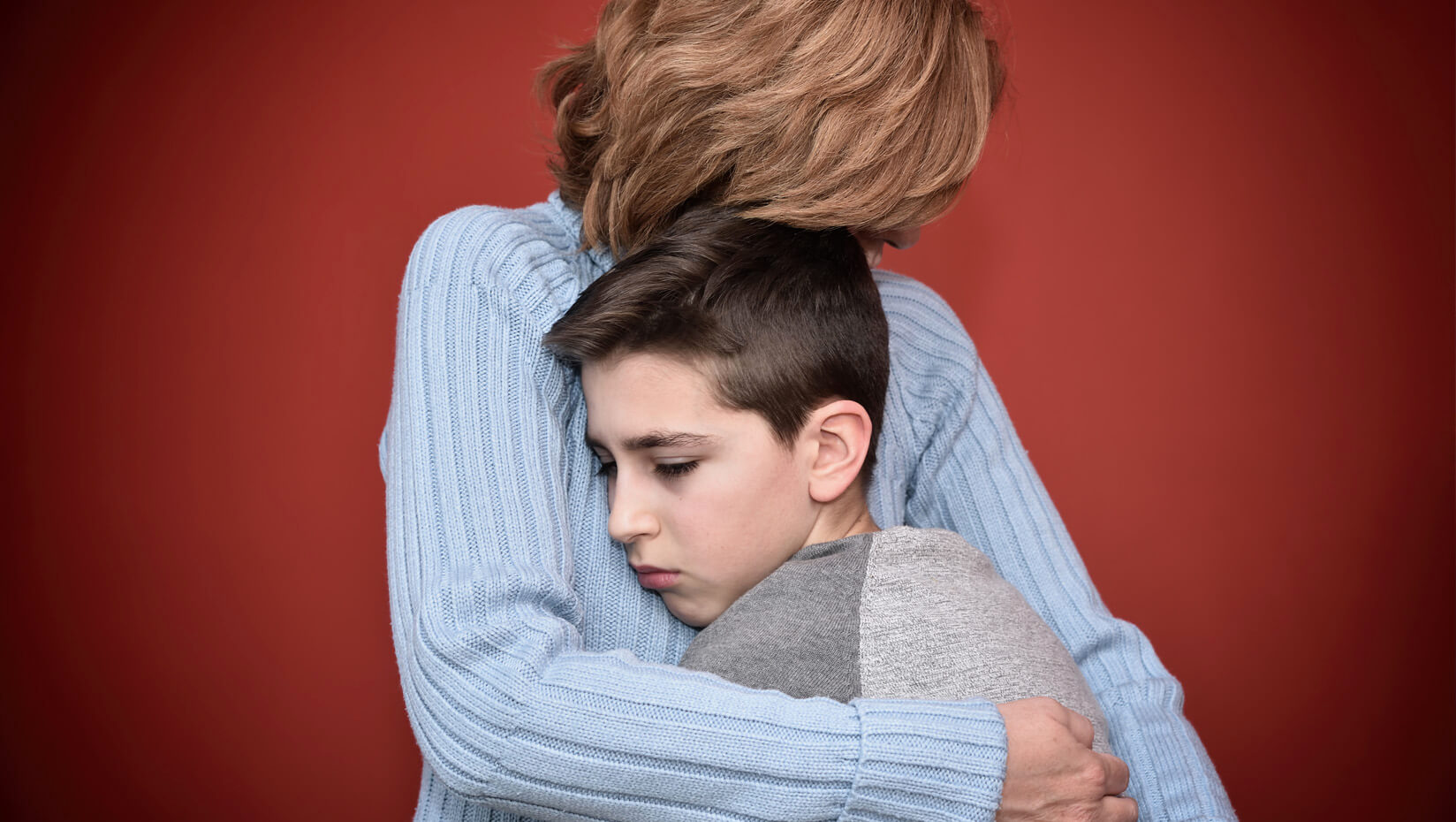
Research examines barriers to helping mothers and their violent children with mental illness
In a study of self-identified mothers of violent children with mental illness to better understand their experience when seeking help, researchers from the University of Maine and Niagara University identified three barriers that make it difficult to find effective assistance: denial of the mental illness and the severity of violence by treatment providers, extended family, and nonfamily members; limited access to quality treatment and supports; and a recurring cycle of optimism and hopelessness.
The mothers who participated describe an ongoing struggle to increase awareness of — and belief — that they and their children need help, according to UMaine sociology professor Karyn Sporer and her co-author Dana Radatz, a criminal justice professor specialist at Niagara University.
The researchers note that the barriers faced by these mothers and their violent children parallel those experienced by survivors of intimate partner violence. The hope is that greater understanding of the similarities can inform policy and social services, including the programs for survivors that have been effective in helping provide an informed support system and access to positive, helpful and supportive care.
For example, one widely recognized approach for intimate partner violence known as the Coordinated Community Response (CCR) could be effective in helping parents of violent children with mental illness. The goal would be to “address the complexities of their victimization and to enhance the effectiveness of the community’s response.”
“Our focus on the barriers encountered by help-seeking mothers provides insight on a complex problem that often remains behind closed doors,” write Sporer and Radatz in the Journal of Family Violence. “Our ability to keep families healthy and safe depends on access to quality and reliable mental health services.”
Currently, say the researchers, “the mental health system seems incapable of providing adequate support to persons with mental illness and their family caregivers,” raising questions about societal priorities.
The researchers note that most persons with mental illness are not violent and will not exhibit violent behavior in their lifetimes. The prevalence of violent behavior among persons with mental illness is estimated to range from 1 percent to 7 percent. And for those who are violent, the targets of their aggression are most often family members.
The 26 mothers in the study described experiencing negative reactions from formal and informal sources of support. Treatment providers, extended family members, and teachers denied the problems or suggested that circumstances would “get better.”
The denial of the reality and extent of the aggressive behaviors and mental illness led the mothers to second guess and further isolate themselves, and delayed their active pursuit of the help the family needed. Some of the mothers described that denial in the form of downplaying the concerns, and attributing the child’s aggressive behavior to lack of discipline and poor parenting. To combat the denial, some of the mothers resorted to documenting the violence — from journaling and photographing to audio and tape recordings.
Many of the mothers who were victimized by their children reported difficulty in obtaining support from treatment providers and social services. And even with professional intervention, their struggles persisted because of a mental health system they characterized as disorganized, unsympathetic, and ill equipped to help.
Despite the aggressive child with mental illness being a safety risk, hospitals often discharged the youth prematurely or refused overnight admission. Relatedly, financial barriers for the mothers ranged from unaffordable quality care to battles for health insurance and government-supported programs.
Many of the mothers described an ongoing hope that their children would improve with treatment or medication, or with time. They remained optimistic that something would “fix” or “manage” the aggression to allow the child to remain at home, but their hope was often short lived.
This study contributes to a growing body of research on child-on-parent abuse by a population that is largely overlooked, according to Sporer and Radatz.
Contact: Margaret Nagle, 207.581.3745
